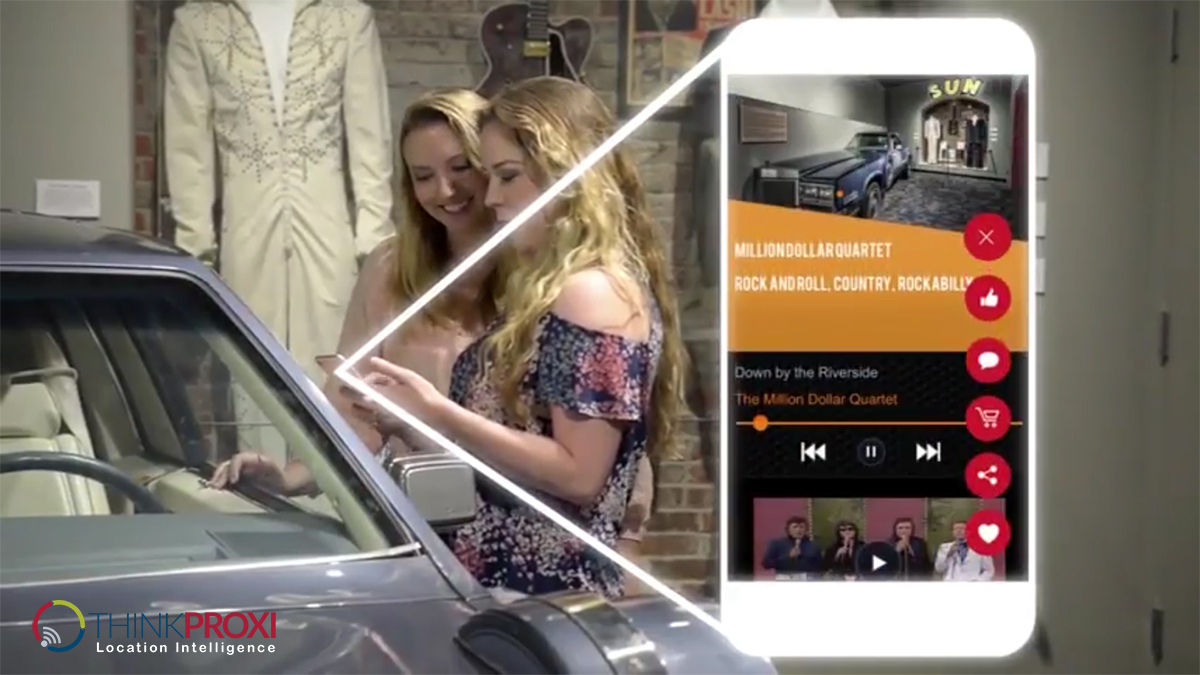Exploring Location-Based Marketing in Museums
3032 Views
As a result of today’s technologically driven consumers, and as more and more people expect to receive information almost instantly, much of the traditional marketing strategies are no longer being used. In order to keep up with this demand, museums and attractions have had to think creatively in order to reach their consumers and entice visitors to their establishments. As a result, the landscape for the marketing of museums and attractions has changed in an effort to adapt to the ever-evolving technology of the 21st century. As mobile technology is developing, the physical and digital user experience has begun to overlap, disbanding the boundary between the two. Most users today expect to receive a mobile experience that is easy to access and relevant to the attraction or exhibit upon entering the museum. By utilizing location-based marketing, museums can easily achieve those expectations of the consumer.
As we explore location-based marketing in museums, let’s look at 3 components:
1. Location data isn’t coming, it’s HERE!
Location data is everywhere. It’s embedded in the photos we share, the GPS-enabled apps we use, and the online transactions we make. And, today, users are more willing than ever to share location data with businesses in exchange for more personalized content and tailored promotions. This data is raising the bar, and the museums that have geared their marketing toward this type of data are emerging as front runners in maintaining their visitors each year, and setting themselves apart from the rest.
2. Users demand a more interactive experience
More and more museums are utilizing Beacon technology as part of their marketing platform and user experience to boost engagement, offer more personalized experiences, and build loyalty with users. Although Beacons are relatively new to the museum space, they have proven themselves to be a seamless and robust solution for large indoor spaces. This is because, unlike GPS, thick walls often found in the museum space do not limit the range of the Beacon. Many art galleries and museums have enlisted Beacon technology to help improve their revenue streams and provide an interactive touring experience to their consumers.
Gone are the days of the boring, and oftentimes bland, guided audio tours. More and more museums now offer technology based beacons to guide their tourists through an interactive experience. Location-based marketing also allows for proximity-triggered messages and notifications as it relates to upcoming exhibits and information about museum facilities. In addition, if a visitor spends a considerable amount of time near a certain exhibit or in a specific area, museum organizers can recommend products that can be purchased at the gift shop related to that exhibit content. Another added benefit to this type of technology is that museum owners are able to track visitor behavior and trends, and gather statistical insight allowing them to enhance the overall visitor experience.
3. Low cost advertising in real time
It is also important to note that location-based marketing is essentially free advertising for the museum. This type of marketing is also highly geographically targeted. In essence, you know that you are talking to people who are within walking distance of your museum when they receive the notifications or alerts from the nearby beacon. This automatically gives the museum the “leg up” on any competition because visitors are being lured in through technology, without having to go out and look or research anything about the museum or attraction. Why waste money on “ads” in print or on billboards, when everyone is already staring at their phones or tablets? It’s a win-win!
We all know that marketing to consumers in today’s technologically- driven culture requires creativity, and location-based marketing combines that necessary creativity with technology to provide personalized, real-time experiences. The key to location-based marketing is experimenting and finding the balance between relevant and engaging content over the boring and irrelevant data that consumers are not interested in. Location-based marketing will only gather momentum and improve its technology as we learn more about beacons and proximity based marketing.

